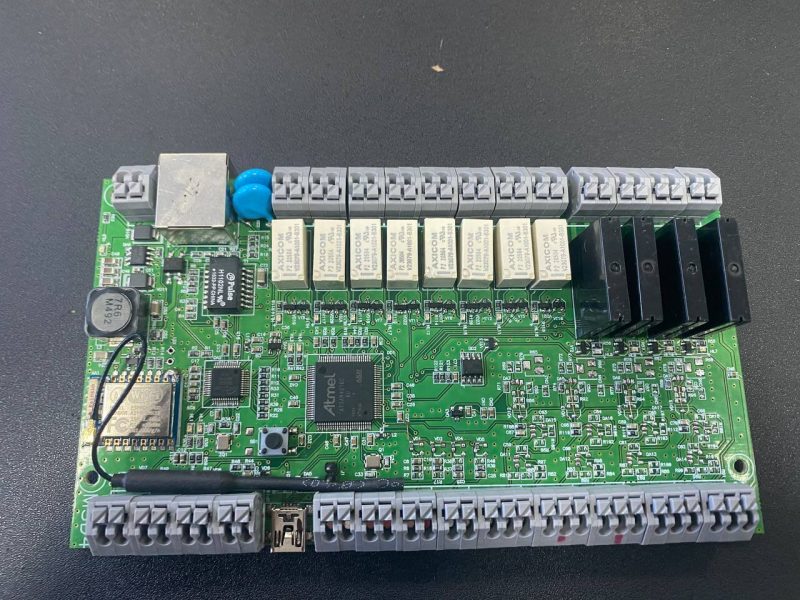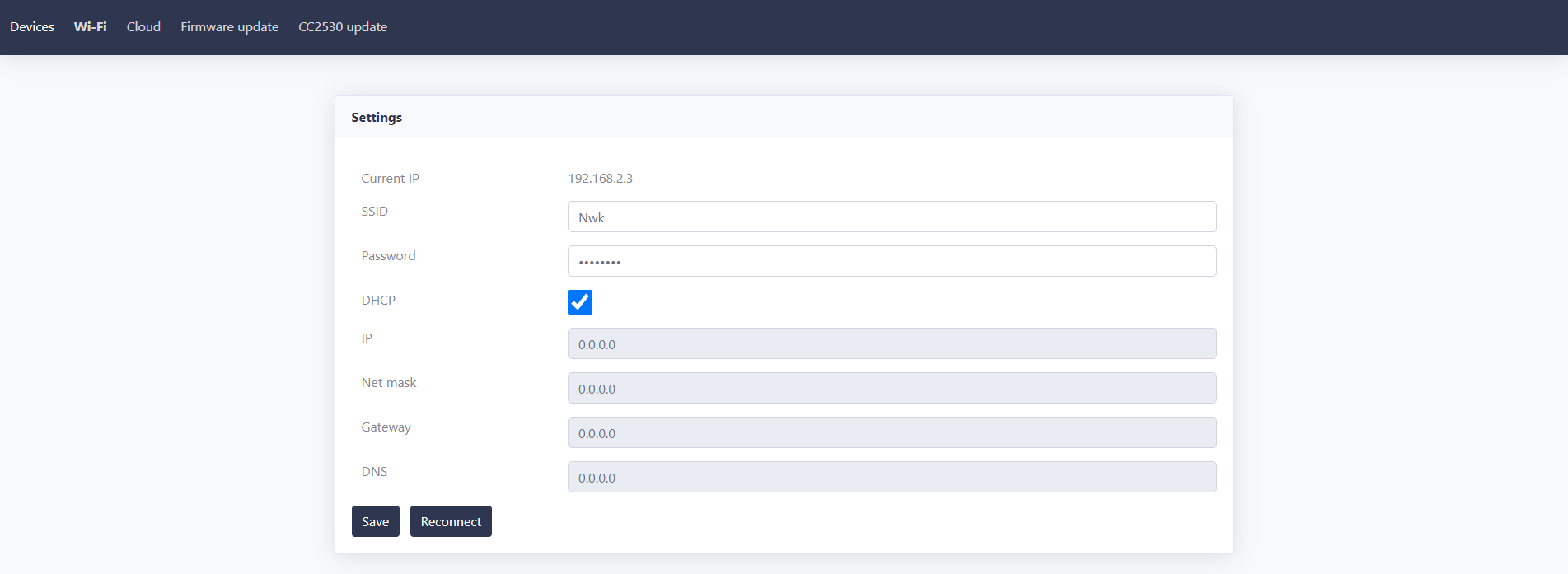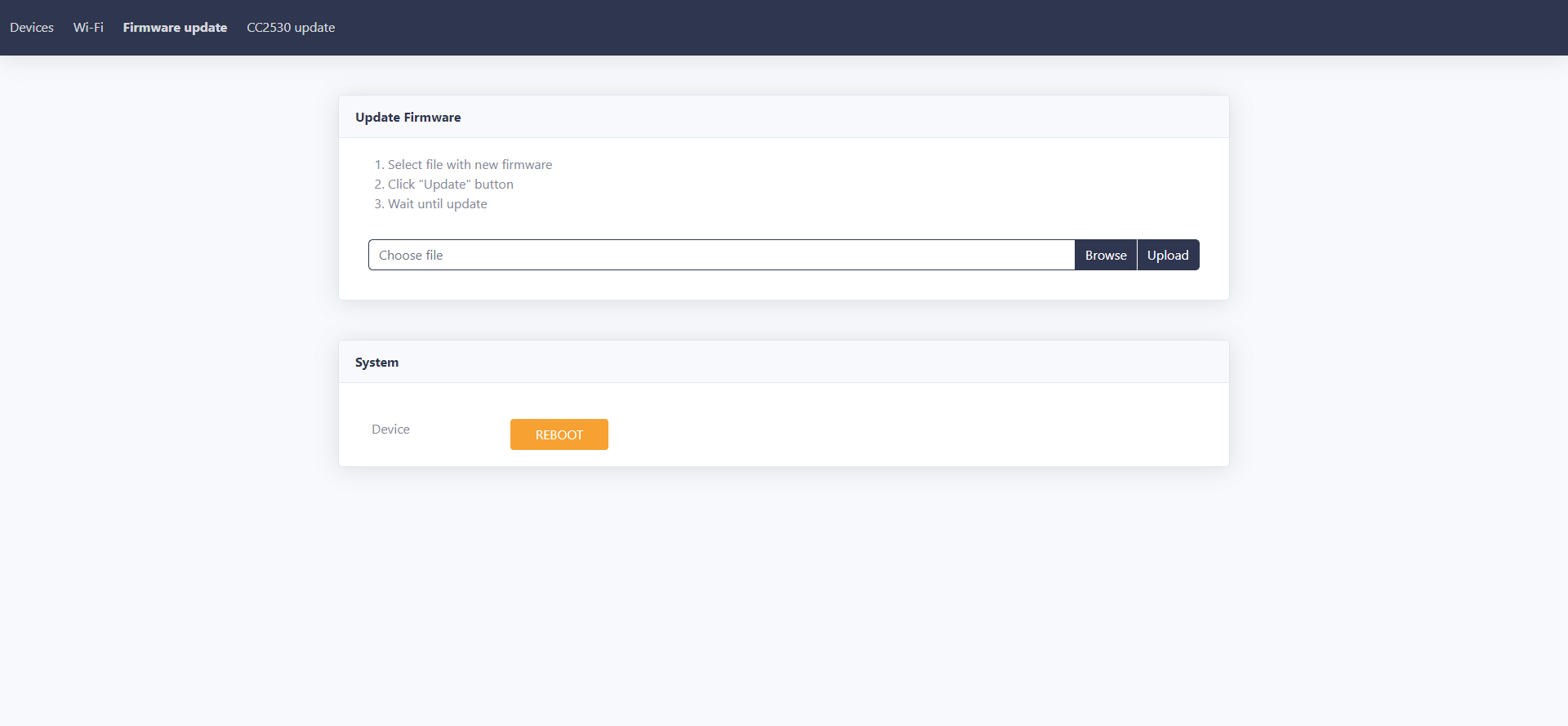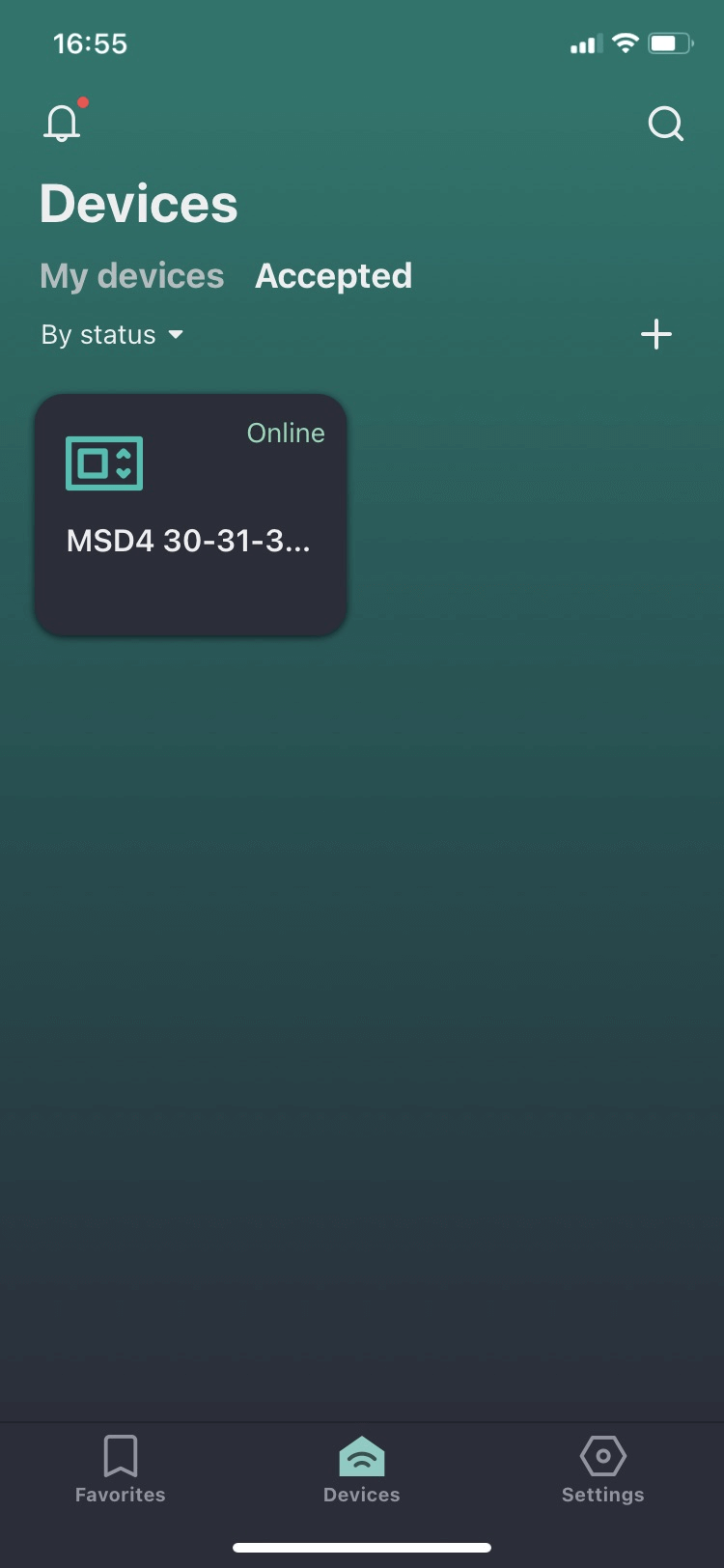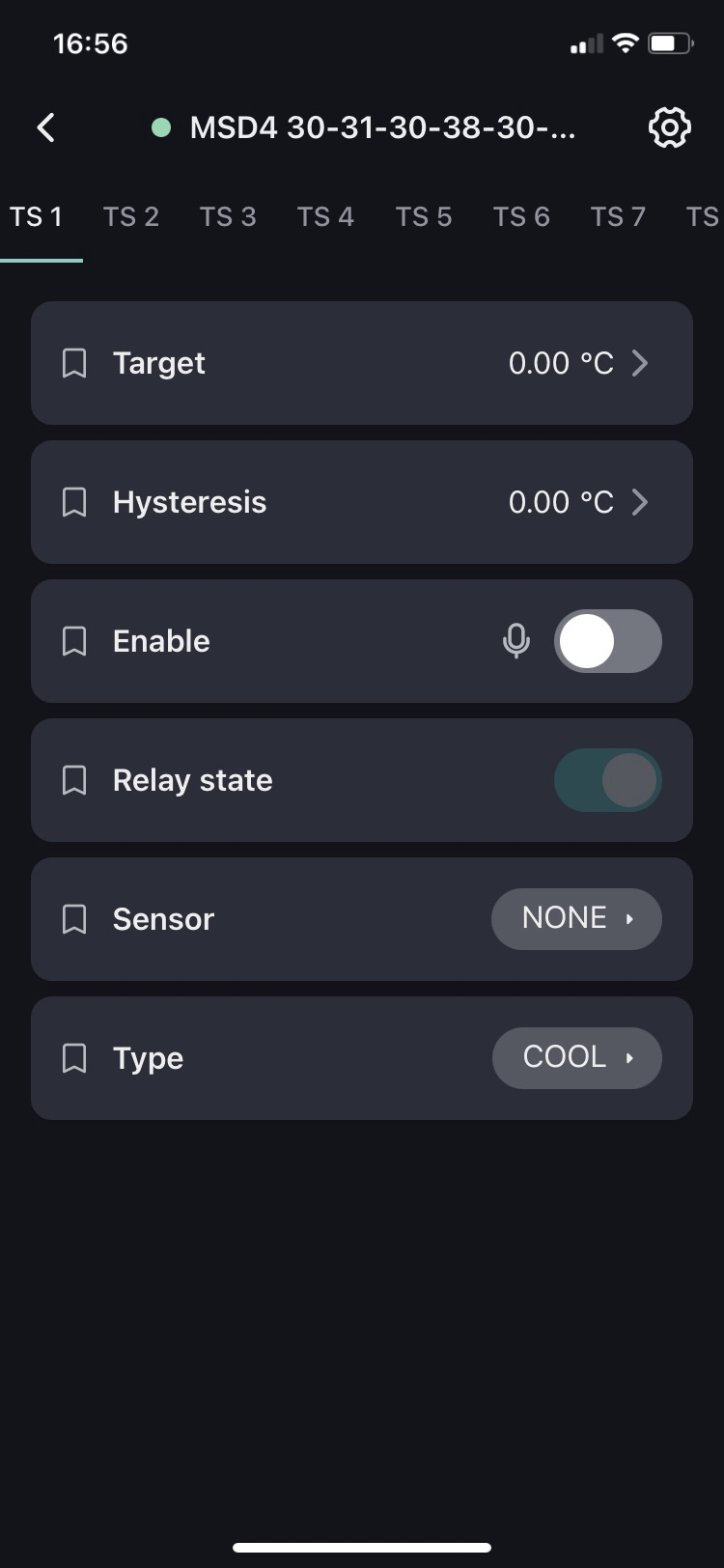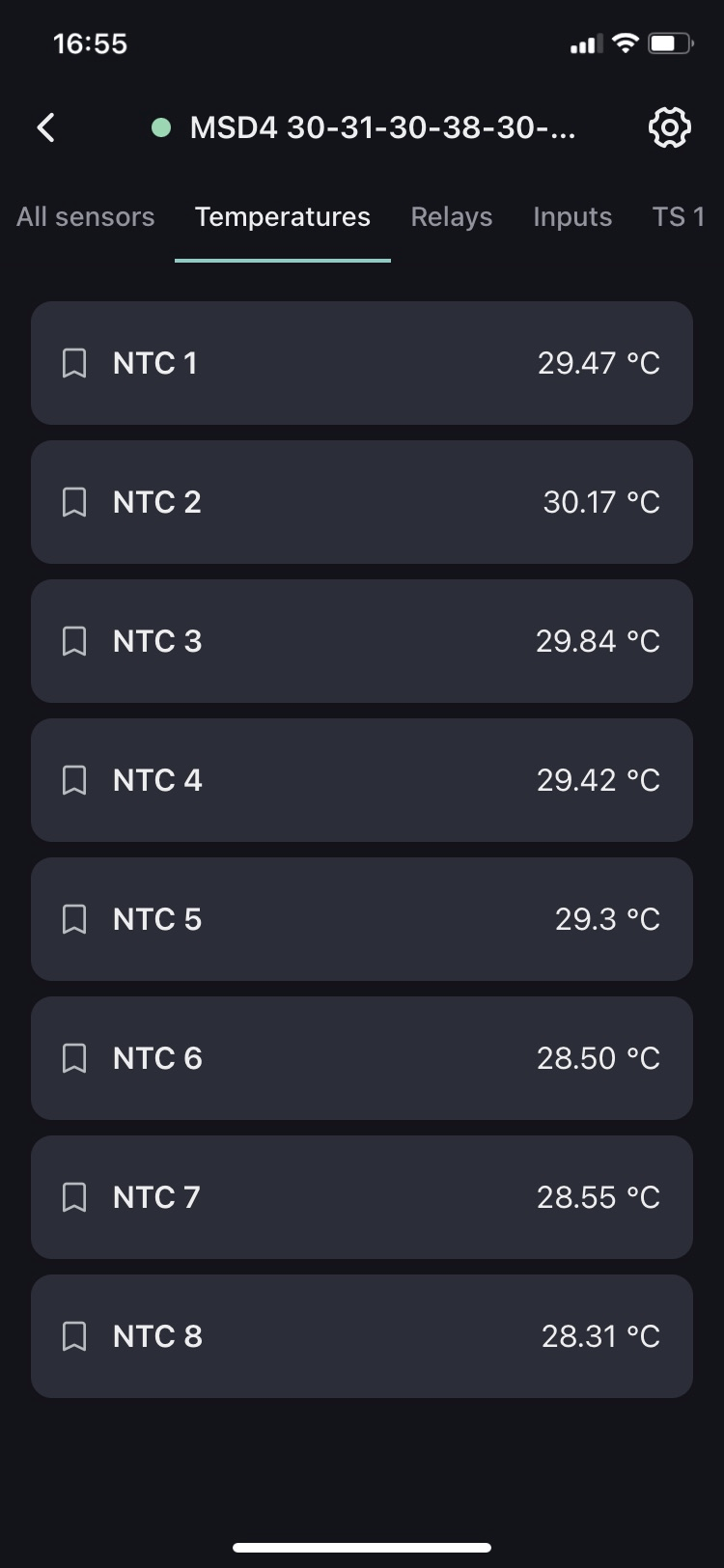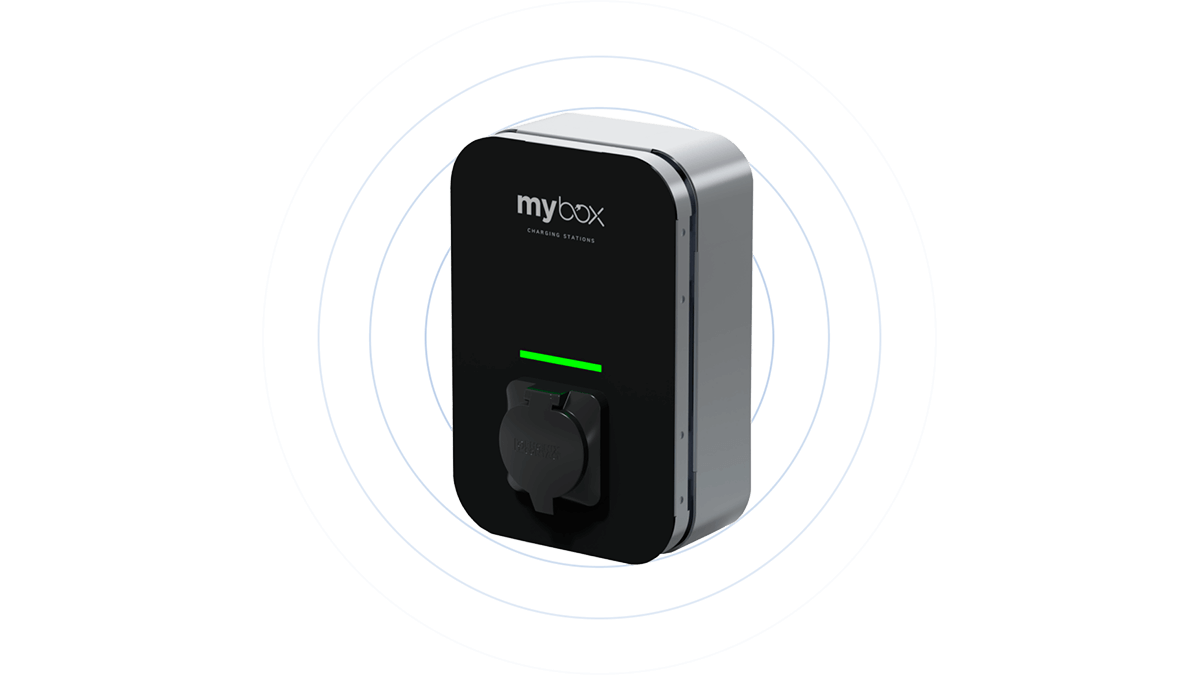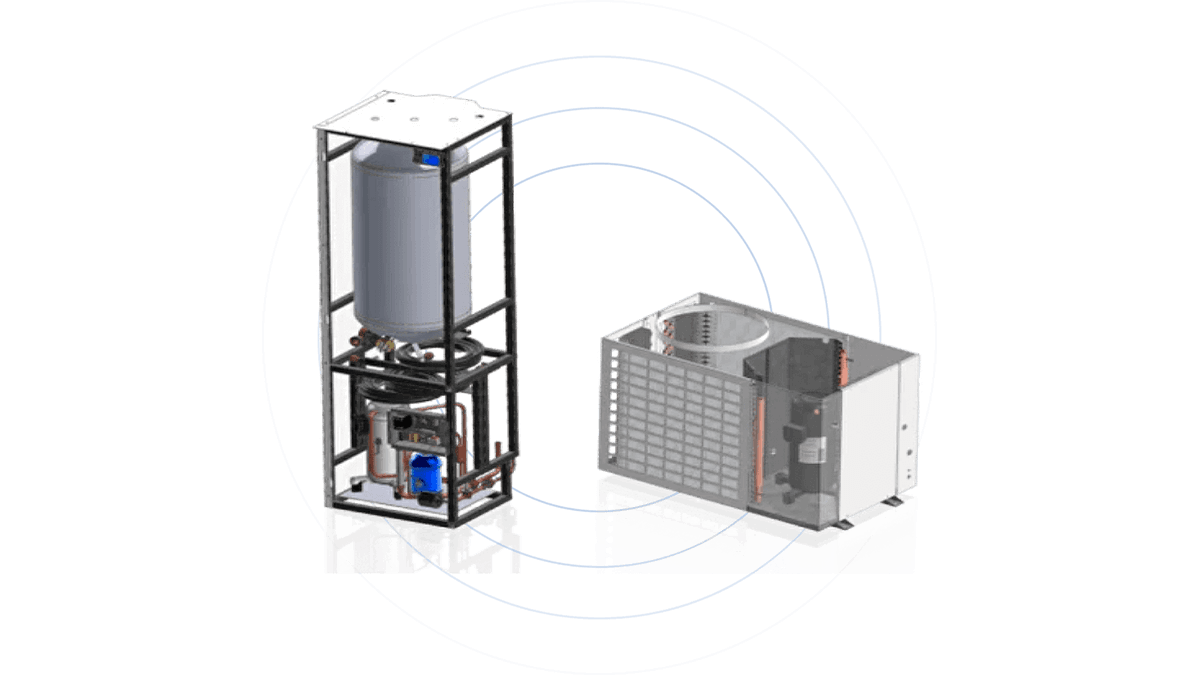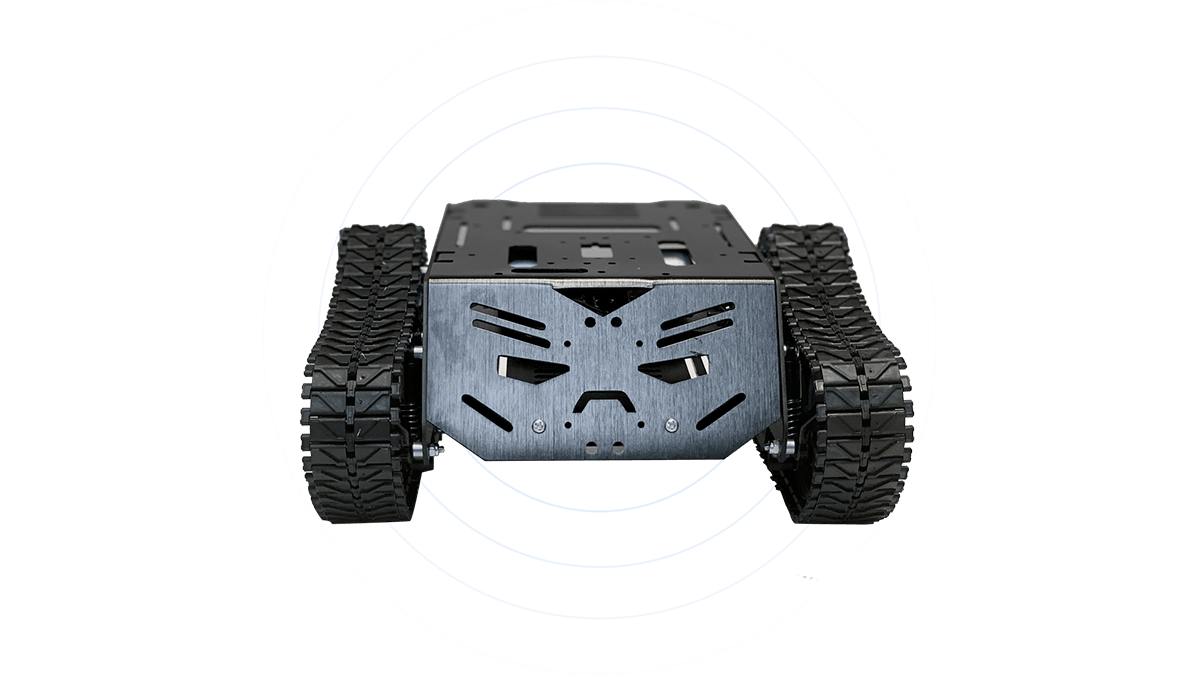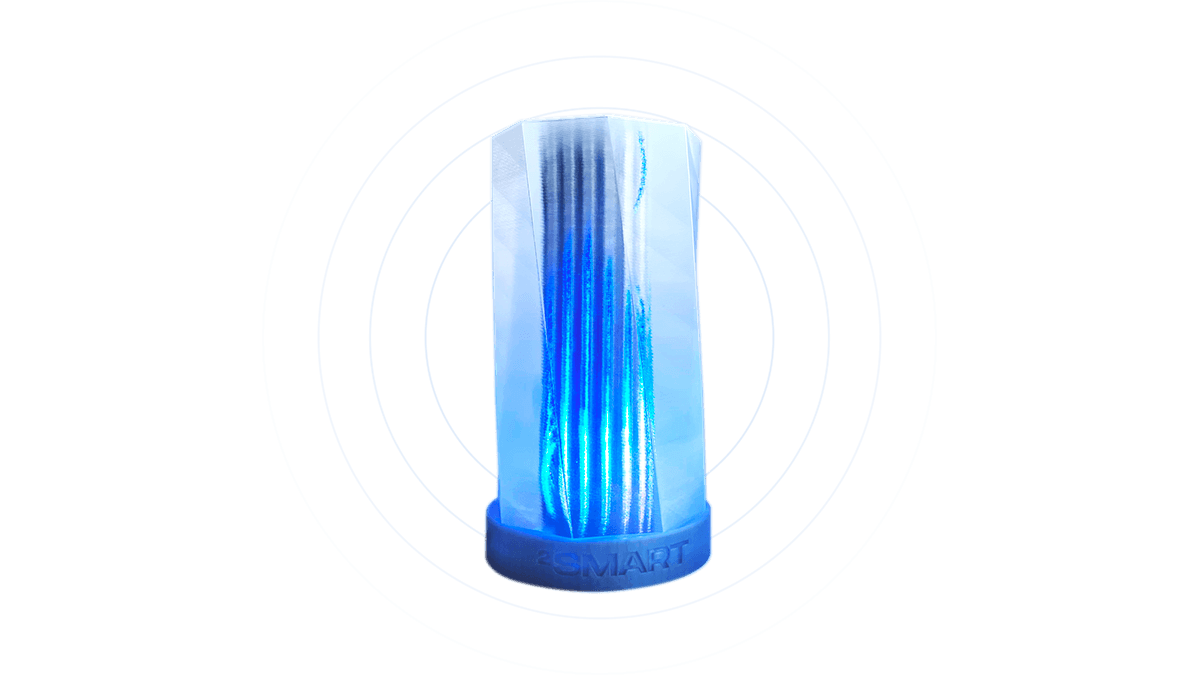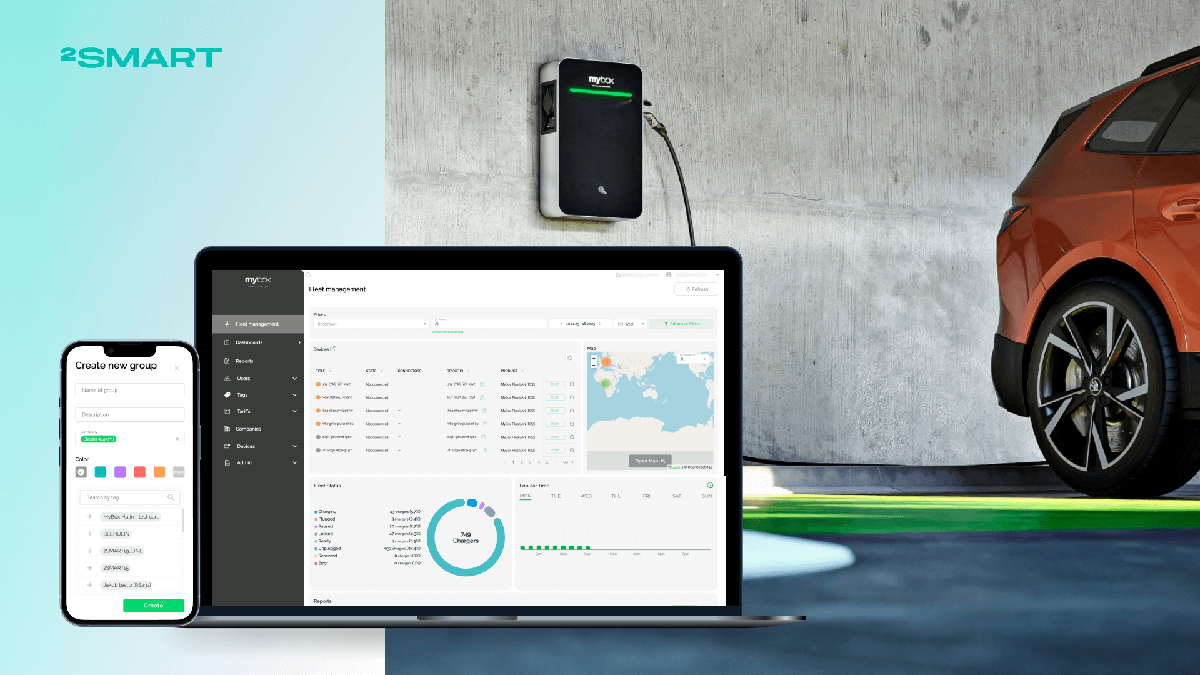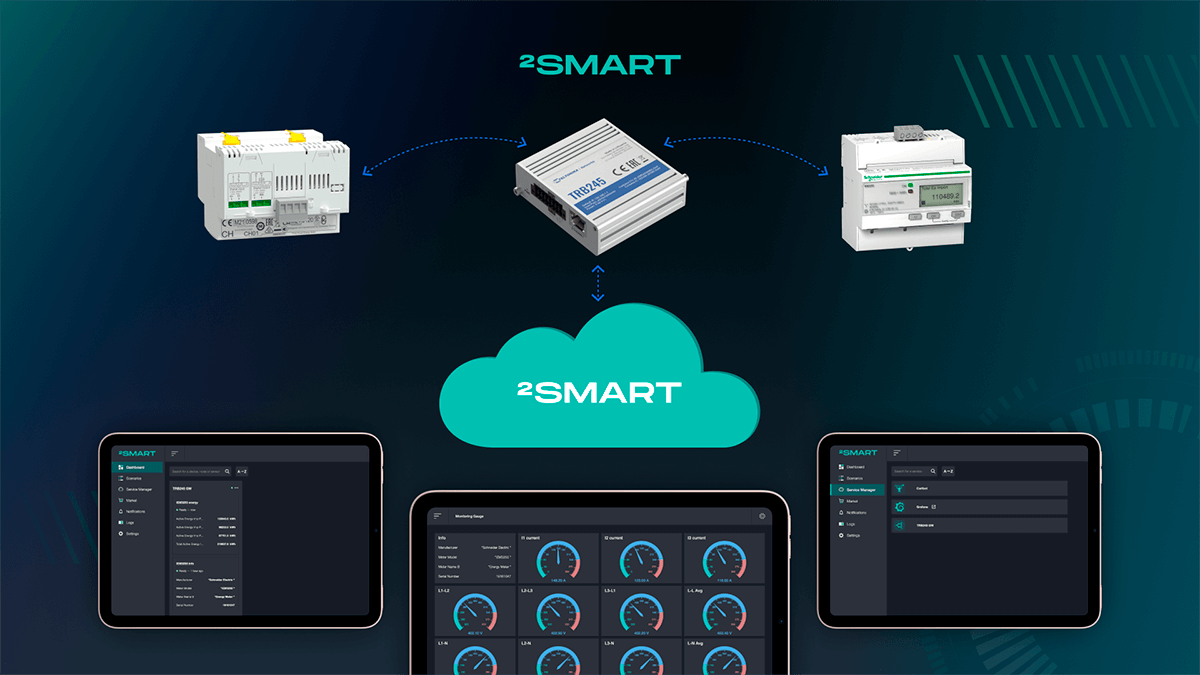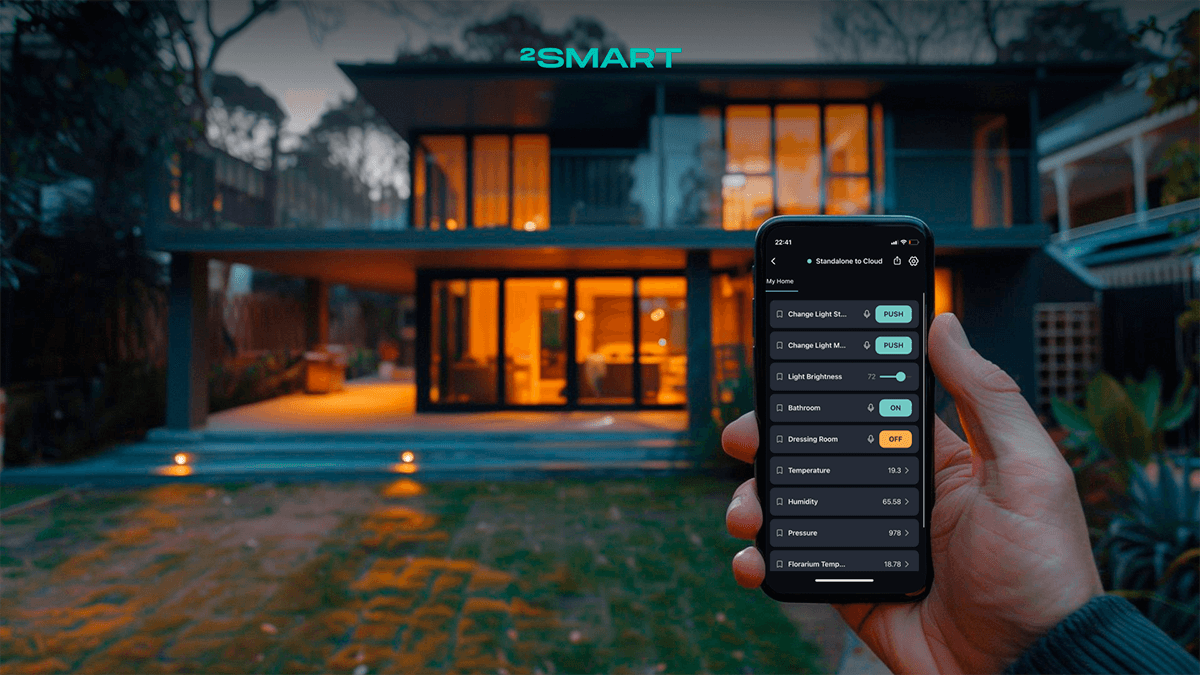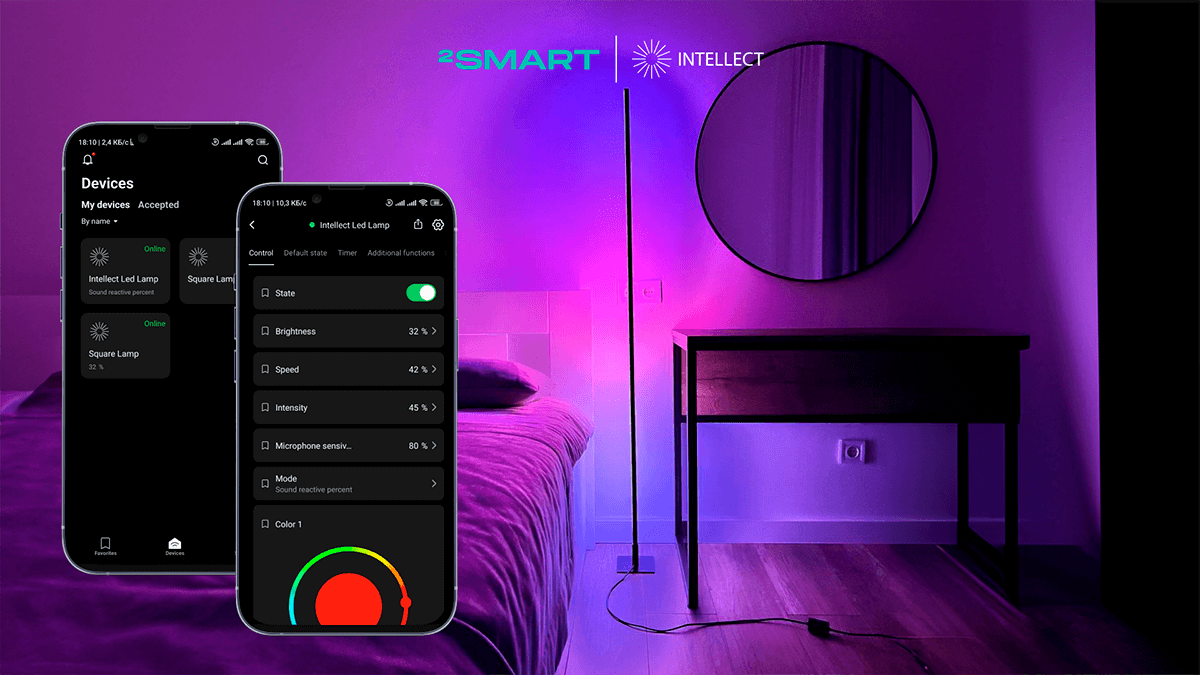Table of contents:
Today we want to discuss an exciting way to breathe second life in consumer electronics.
There is a distinct and surprisingly helpful way of reviving previous-gen technologies by combining them with modern platforms. Minor refinement to the firmware for connecting MCU to the IoT platform, and there you go, you have all up-to-date features like mobile applications and voice assistants.
Let`s unravel more details on how this works following the story of the MSD-4 Thermostat.
Where does it begin?
One day we got an inquiry from an inventor with small-scale production of different electronics. Among many pieces of hardware, there was a particularly interesting thermostat based on an older MCU Atmel Sam4s with ESP8266 onboard.
This device is a 12-channel relay with an onboard computer and programmed logic. It is a fully standalone solution for 12-zone climate control with automation based on the sensor readings — an outstanding product for its time.
Here we saw a great opportunity as even older MCU has an in-built Wi-Fi module. It allows connecting the board to the 2Smart Cloud seamlessly. It will allow controlling the thermostat remotely by utilizing the whole platform`s toolkit. Mobile applications, voice assistants, over-the-air updates, and many more tools, in addition to existing capabilities, result in market appreciation.
The only minor inconvenience is refining firmware in compliance with the platform`s convention.
The Firmware refinements
So what is firmware, and why do you need to tweak it to connect the device to a platform? The firmware of the MCU serves the purpose of translator between hardware and software of the whole system. It`s a set of rules for interpreting commands from the network participants. It converts hardware-specific commands on the microcontroller into structured messages, so the platform orchestrates high-level data transportation based on this structure.
Armed with documentation and 2Smart`s protocol description, we continued to develop the compatible firmware. No need to explicitly cover this process in this article because it is purely technical info, which may not be particularly interesting. The only thing worth mentioning is that any MCU programmable in C is compatible.
Here are our SDK and protocol description if you want a deeper dive. There are a lot of interesting tools, such as a lightweight web dashboard embedded on the firmware level and optimized for the small memory capacity of MCUs and many more.
And of course, you can get in touch through a contact form, and we will provide deeper consultation on the onboarding.
Let’s collaborate
We’re empower your business with our technology expertise
How it turned out
Have you ever seen a $30 thermostat with 12 separate channels for climate control, and temperature readings, that has onboard automation capabilities and supports all the modern features like mobile application, sharing remote control, custom voice commands, and integrations with smart ecosystems?
The implication of such an upgrade is drastic. As our customer shared later, it got a second life on the market at twice the price.
Have a similar inquiry?
Do not hesitate to contact us if you have any device that will benefit from smart features.
We will consult on the benefits you get and refinements to be done on your way to a successful product.
Don't forget to share this post!
Read Next
Let’s dive into your case
Share with us your business idea and expectations about the software or additional services.

